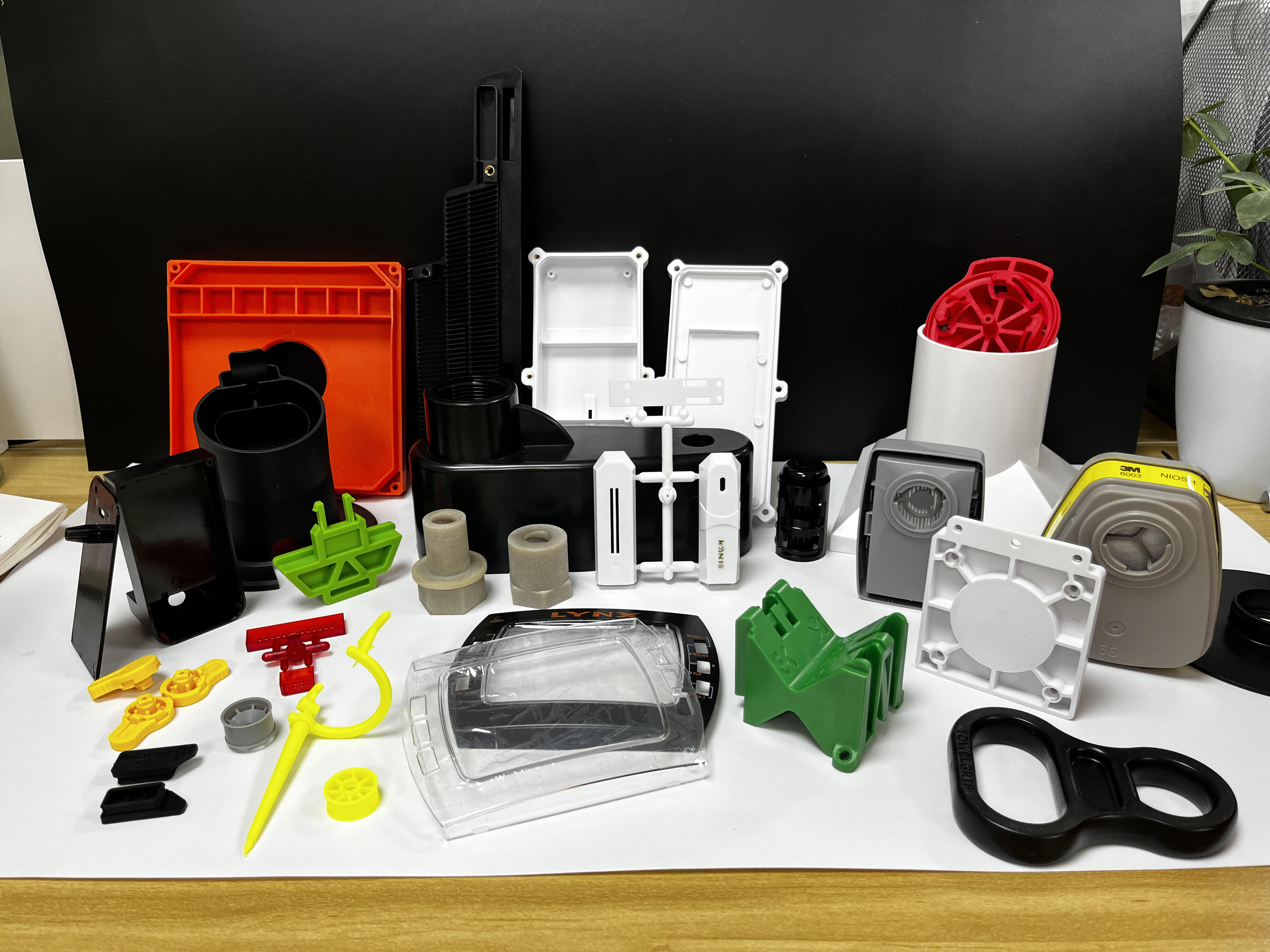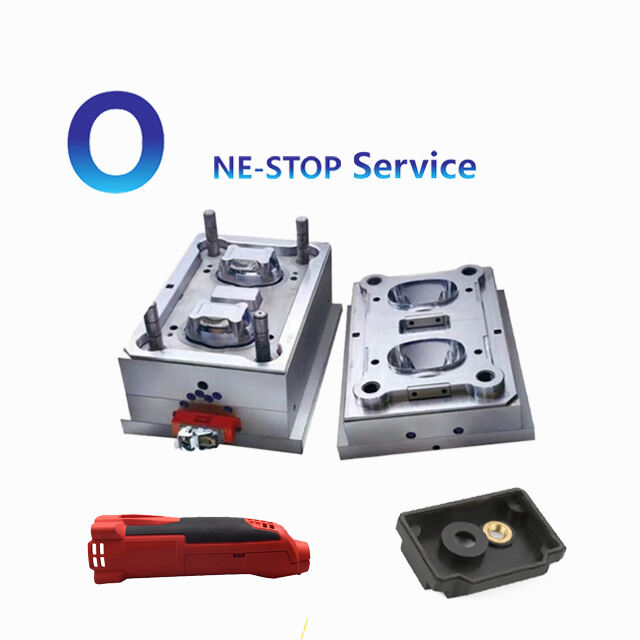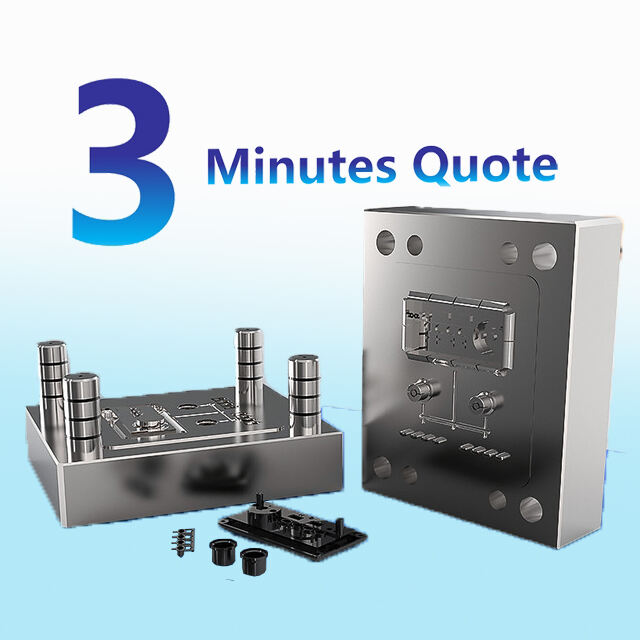flexible plastic molding
Flexible plastic molding is a cutting-edge technology that offers versatile solutions for various industries. It involves shaping plastic materials into desired forms with high flexibility, enabling a wide range of applications. The main functions of flexible plastic molding include creating intricate designs, producing lightweight components, and providing durability. Technological features such as advanced molding techniques, the use of specialized polymers, and the ability to withstand extreme temperatures make it a preferred choice for manufacturers. Applications of flexible plastic molding span across automotive, aerospace, medical, and consumer goods industries, where it is used to produce parts like seals, gaskets, and flexible hoses.


